What Are the Common Ceramic Circuit Board Materials?
The choice of ceramic circuit board material directly impacts product performance, especially in high-power, high-frequency, or thermally sensitive applications. At Best Technology, we provide a full range of ceramic PCB solutions based on materials like Alumina (Al₂O₃), Aluminum Nitride (AlN), and Beryllium Oxide (BeO). With our certified processes, strict quality control, and one-on-one engineering support, we help customers select the most suitable ceramic substrate from ceramic PCB prototype to mass production.
What Materials Are Commonly Used in Ceramic PCBs?
Ceramic PCBs are not all created equal. Based on different project needs, we typically recommend:
|
Material |
Thermal Conductivity |
Cost |
Applications |
|
Alumina (Al₂O₃) |
15–35 W/m·K |
★★☆☆☆ |
LED, power modules, sensors |
|
Aluminum Nitride (AlN) |
170–230 W/m·K |
★★★★☆ |
RF power, laser diodes, telecom |
|
Beryllium Oxide (BeO) |
Up to 300 W/m·K |
★★★★★ |
Military, microwave, aerospace |
These materials differ in thermal performance, cost, and processing complexity. Our team can help you match the right ceramic substrate to your design, avoiding over-engineering or unnecessary costs.
Why Do Most Customers Choose Alumina Ceramic PCBs?
Alumina (Al₂O₃) is still the most widely used ceramic substrate due to its good balance of mechanical strength, electrical insulation, and affordability. At Best Technology, we typically work with:
- 92% Alumina (for wear-resistant devices)
- 96% Alumina (for general purpose)
- 99.6% Alumina (for high precision hybrid ICs)
It’s compatible with Direct Bonded Copper (DBC), Thick Film, and Thin Film technologies.
Case Study:
One of our European automotive clients was facing heat stress failure in their engine sensors. We switched their FR4 design to a 96% Alumina substrate with AgPd thick film, and the failure rate dropped by over 80% in the field within 6 months.
When Should You Consider Aluminum Nitride (AlN) PCBs?
If your project requires better thermal conductivity and lower thermal expansion, AlN ceramic PCBs are a better choice. They are used in:
- 5G communication modules
- High-power LED arrays
- Laser and photonics equipment
Unlike Alumina, AlN matches better with silicon components due to its CTE compatibility. It’s also RoHS and REACH compliant.
Best Technology's AlN Capabilities:
|
Parameter |
Typical Value |
|
Surface Finish |
ENIG, Ag, Au |
|
Copper Thickness |
0.1–1.0mm |
|
Tolerance |
±0.1mm |
|
Thermal Conductivity |
Up to 200 W/m·K |
We use laser cutting + CNC precision machining for tight tolerance designs and support quick-turn prototyping within 5–7 working days.
Is Beryllium Oxide Still a Viable Option?
Yes—but only when extreme thermal demands exist and safe processing environments are ensured.
BeO ceramic PCBs offer:
- The highest thermal conductivity (250–300 W/m·K)
- Stable dielectric properties
- Lower loss tangent at GHz frequencies
However, BeO is toxic in powder form, so only a few manufacturers—including us—offer BeO PCB processing with sealed systems, protective gear, and waste control.
Applications:
- Military radar
- Satellite systems
- RF power amplifiers
Our AS9100D aerospace certification allows us to serve defense-related industries requiring BeO ceramics under strict compliance.
What Other Ceramic Materials Are Emerging?
While Alumina, AlN, and BeO dominate the market, there are also niche materials like:
- Silicon Nitride (Si₃N₄): High strength, shock resistance
- Zirconia (ZrO₂): Excellent wear resistance but limited thermal path
- Cordierite: Low thermal expansion, used in sensor housing
These are often combined with Low Temperature Co-Fired Ceramic (LTCC) and HTCC technologies for multi-layer circuits. We offer both HTCC up to 20 layers and LTCC embedded solutions on request.
How Does Best Technology Manufacture Ceramic PCBs?
At Best Technology, we offer a wide range of ceramic PCB manufacturing processes, each tailored to the performance, reliability, and application requirements of our customers. Whether you're building high-frequency modules, power electronics, or sensor systems, we provide complete engineering support from material selection to finished circuit fabrication.
✅ Thick Film Ceramic PCB
This is one of the most cost-effective and flexible methods. We print conductive (Ag, AgPd, Au) and resistive pastes onto ceramic substrates—typically 96% alumina—then fire them at 850–900°C. It's ideal for:
- Automotive sensors
- Pressure transducers
- Power resistor arrays
We also offer laser trimming for high-precision resistor tuning (±1% tolerance), and protective overglaze layers for durability.
✅ Direct Plated Copper (DPC) Ceramic PCB
DPC is popular for high-frequency and high-density applications. We use PVD (Physical Vapor Deposition) and pattern electroplating to deposit and define copper on alumina or AlN ceramic surfaces.
Why choose DPC from Best Technology?
- Ultra-fine trace width/spacing: down to 30μm/30μm
- High adhesion strength
- Compatible with ENIG, ENEPIG finishes
- Excellent flatness for laser and optical modules
This is ideal for laser drivers, optical communication, LIDAR, and 5G filters.
✅ Direct Bonded Copper (DBC) Ceramic PCB
In DBC, a copper foil is directly bonded to the ceramic substrate (Al₂O₃ or AlN) using high temperature (1065°C) in a controlled atmosphere. We offer:
- Copper thickness: 0.1mm to 1.0mm
- Ceramic thickness: 0.25mm to 1.5mm
- Precision laser cutting, routing, and custom profiling
Our DBC ceramic PCBs are widely used in EV inverters, IGBT modules, and power supply baseplates.
✅ Thin Film Ceramic PCB
For high-frequency, RF, and aerospace circuits that demand tight tolerances and low dielectric loss, we offer thin film ceramic processing. This involves:
- Sputtering a TiW/Au or Cr/Cu/Au seed layer
- Photolithographic patterning
- Etching for ultra-precise line definition (down to 10μm)
We can work with 99.6% alumina and quartz substrates. Thin film PCBs from Best Technology are used in microwave filters, high-end sensor ICs, and communication modules.
✅ HTCC (High Temperature Co-Fired Ceramic) PCB
HTCC involves firing multilayer ceramic circuits at ~1600°C in a hydrogen atmosphere. Each layer is made of alumina mixed with glass and binders, and the conductive traces (typically tungsten or molybdenum) are screen printed between layers.
Best Technology’s HTCC services include:
- Up to 20 ceramic layers
- Integrated vias and cavities
- Airtight packaging for hermetic sealing
- Compatible with military and aerospace applications
HTCC is ideal for sensor packages, RF modules, and high-reliability control circuits in harsh environments.
✅ LTCC (Low Temperature Co-Fired Ceramic) PCB
LTCC is co-fired at 850–900°C, enabling integration of glass-ceramic layers with silver or gold conductors. LTCC allows us to build 3D multilayer structures with embedded components like:
- Capacitors
- Inductors
- Filters
We offer design optimization, stack-up simulation, and high-frequency testing for LTCC modules used in:
- Antennas
- Radar systems
- Bluetooth/Wi-Fi communication modules
Our engineers also support cavity design, step structures, and custom laser hole machining to help miniaturize your product.
Our Ceramic PCB Capabilities
|
Process |
Max Layers |
Typical Substrate |
Ideal For |
|
Thick Film |
1–4 |
Al₂O₃ |
Sensors, resistors |
|
DPC |
2 |
Al₂O₃, AlN |
RF, optical, 5G |
|
DBC |
2 |
Al₂O₃, AlN |
Power modules |
|
Thin Film |
2 |
Al₂O₃, Quartz |
Aerospace, RF filters |
|
HTCC |
Up to 30 |
Al₂O₃ |
Harsh environment electronics |
|
LTCC |
Up to 40 |
Glass ceramic |
Miniature communication modules |
With Best Technology, you don’t need to switch vendors for different needs — we support all major ceramic PCB processes under one roof, with consistent quality, fast lead time, and deep engineering know-how.
Why Choose Best Technology as Your Ceramic PCB Supplier?
|
Feature |
Your Benefit |
|
Wide Material Options |
Al₂O₃, AlN, BeO, Si₃N₄, ZrO2 |
|
Strict Certifications |
ISO9001, ISO13485, IATF16949, AS9100D |
|
Engineering Support |
Free DFM check + material consultation |
|
MES System |
Full traceability and production control |
|
Custom Prototype |
3–7 days turnaround for urgent projects |
|
One-Stop Service |
Substrate, metallization, SMT, testing |
We don’t just manufacture PCBs — we solve thermal, electrical, and mechanical challenges for our clients. Whether you’re developing a new RF module or upgrading from FR4 to ceramic, we help you move from concept to mass production — faster and smarter.
FAQs
1. Which ceramic material is most cost-effective?
Alumina (Al₂O₃) is the most cost-efficient ceramic, offering good thermal and mechanical properties for general applications.
2. What’s the turnaround time for ceramic PCB prototypes?
At Best Technology, standard prototypes can be delivered in 5–7 working days. Express service is available.
3. Can you handle SMT on ceramic PCBs?
Yes. We offer in-house SMT on ceramic boards with specialized solder pastes and profile settings to handle high thermal mass.
4. Do you offer custom copper thicknesses for DBC ceramics?
Absolutely. We support 0.1mm–1.0mm copper thickness depending on your current and heat dissipation needs.
5. Is your facility compliant with international standards?
Yes. Our facility is certified with ISO9001, ISO13485, IATF16949, and AS9100D, covering medical, automotive, and aerospace industries.


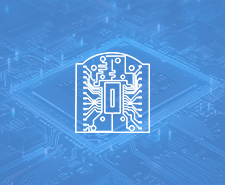
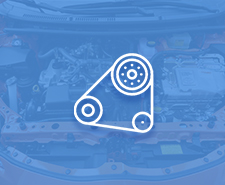
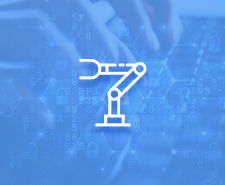
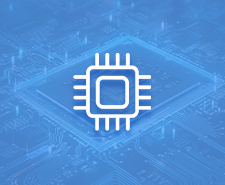
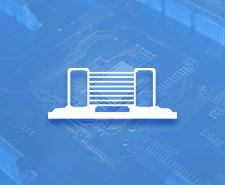
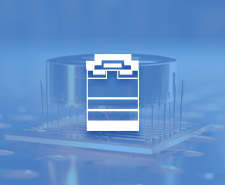
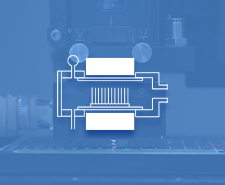
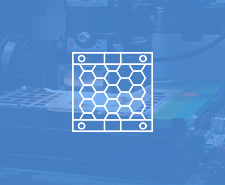
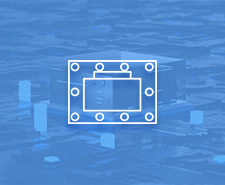

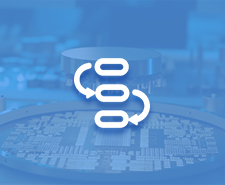
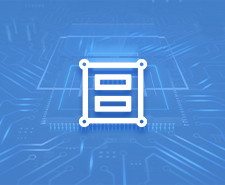
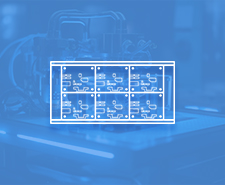
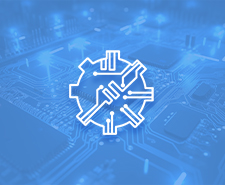
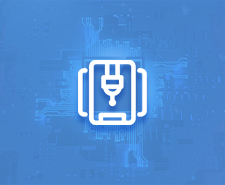
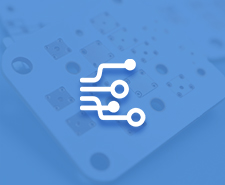
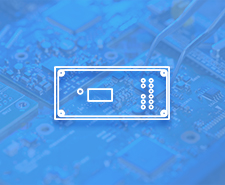
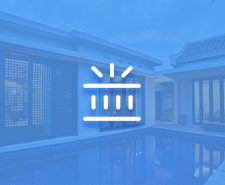
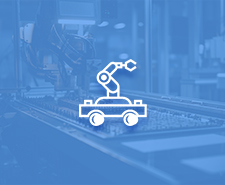
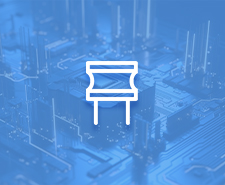
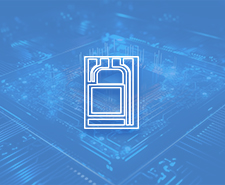

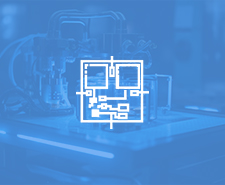
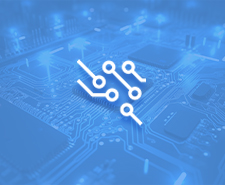
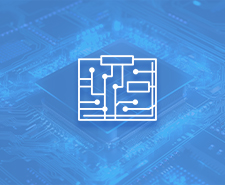

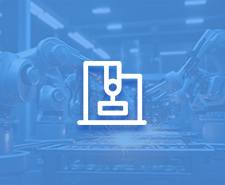

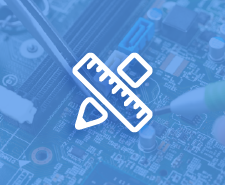
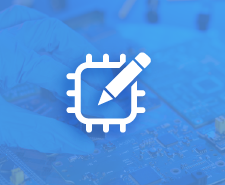
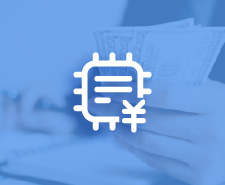
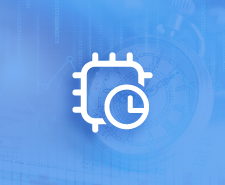
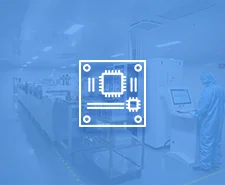
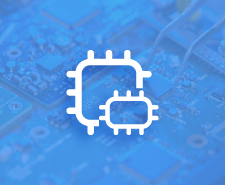
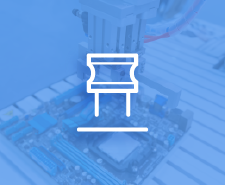

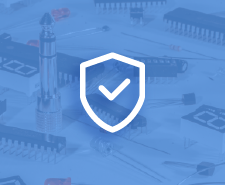
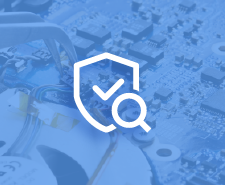
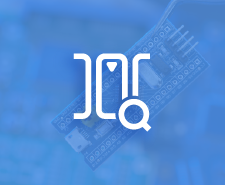
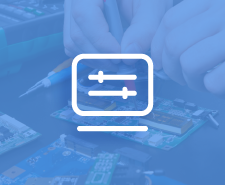
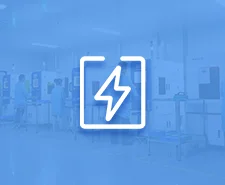
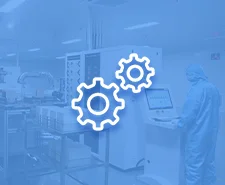
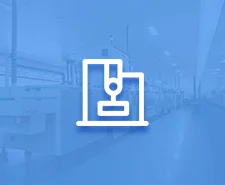
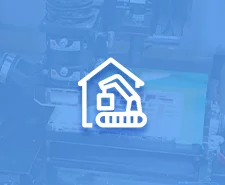
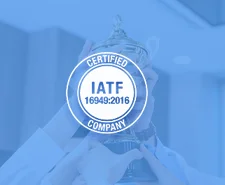
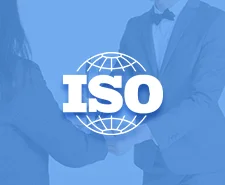
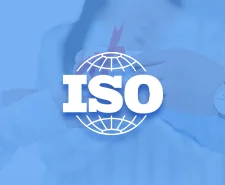
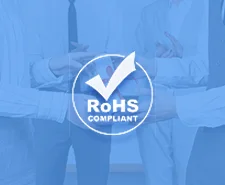
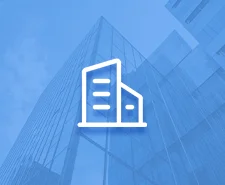



 HOME
HOME







